You are here
Please respect the outdoors by practicing Leave No Trace. Learn more about how to apply the principles of Leave No Trace on your next outdoor adventure here.
Point Lobos State Natural Reserve
Stevens Pass West
Central Oregon Coast, Oregon
Willamette Foothills, Oregon

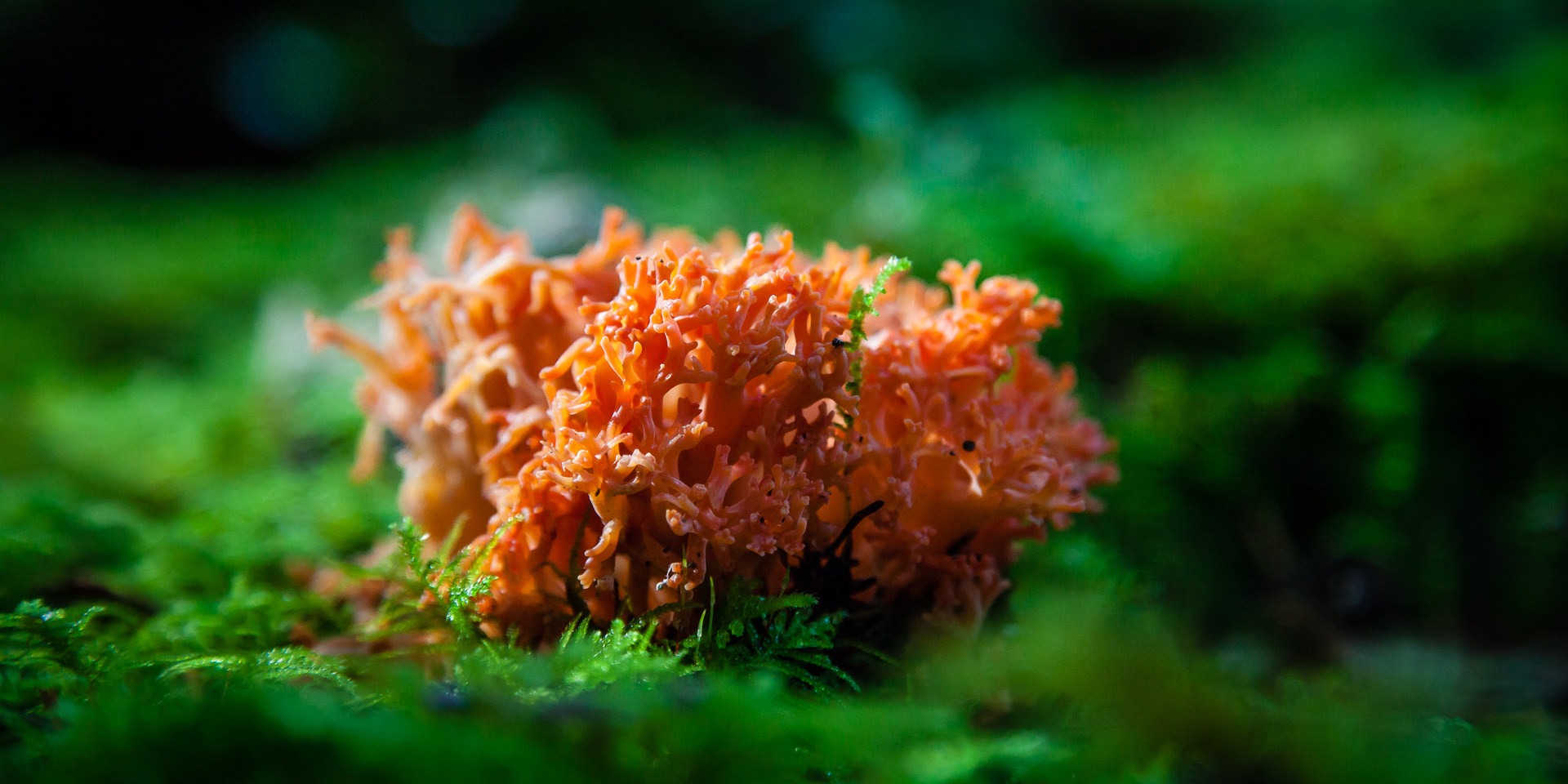
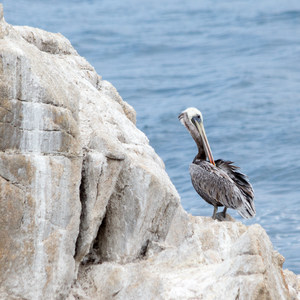
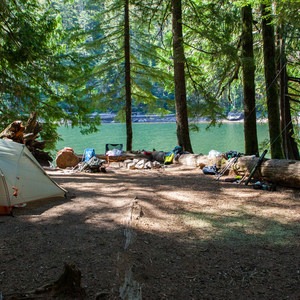
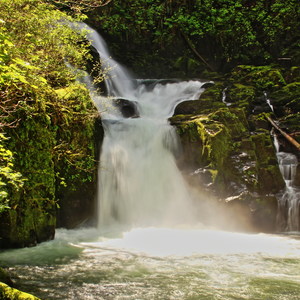
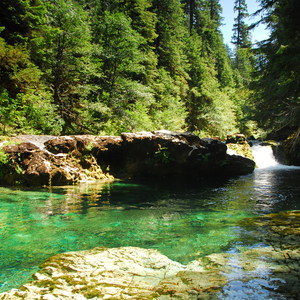



Comments
Sign In and share them.